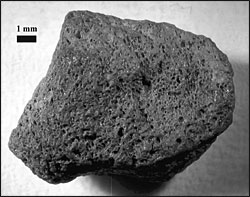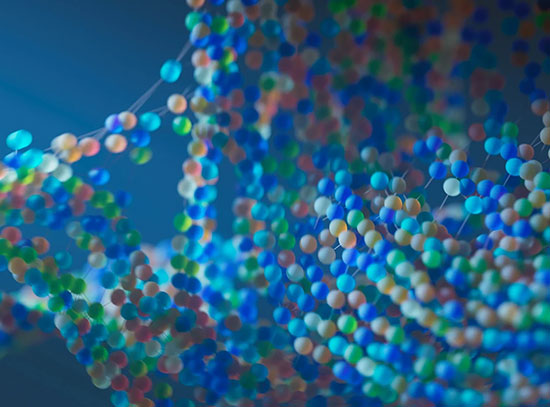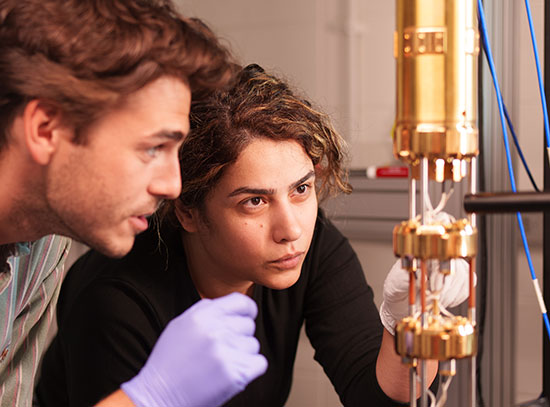NSLS Black Diamond Research Among Discover Magazine's 2007 Tops
January 14, 2008

A black, or carbonado, diamond. (Courtesy of Steve Haggerty, Florida International University)
The discovery of the origin of Earth's so-called black diamonds at the NSLS was ranked 60th among the top 100 scientific stories of 2007 by Discover Magazine. The article, which details "the trends and events that most changed our understanding of our world," appears in the magazine's January 2008 issue.
At beamline U2B, which is operated by the Case Center for Synchrotron Biosciences, scientists Sandeep Rekhi and Mark Chance (Case Western Reserve University) in collaboration with Jozsef Garai and Stephen Haggerty (Florida International University) used infrared light to analyze the elemental makeup of these unique black (or carbonado) diamonds, which resemble porous charcoal. Found only in Brazil and the Central African Republic, carbonado diamonds have long been thought to have extraterrestrial origins.
The researchers' work supported that theory by revealing the presence of hydrogen and the lack of nitrogen aggregates. These findings indicate that the diamonds originated in interstellar space, possibly raining down on Earth inside of an asteroid billions of years ago. Their results were published in Astrophysical Journal Letters.
The top 100 stories will be posted online in groups of 10 throughout January.
2008-506 | INT/EXT | Newsroom









